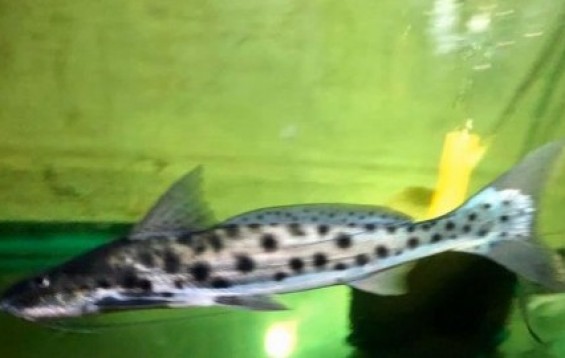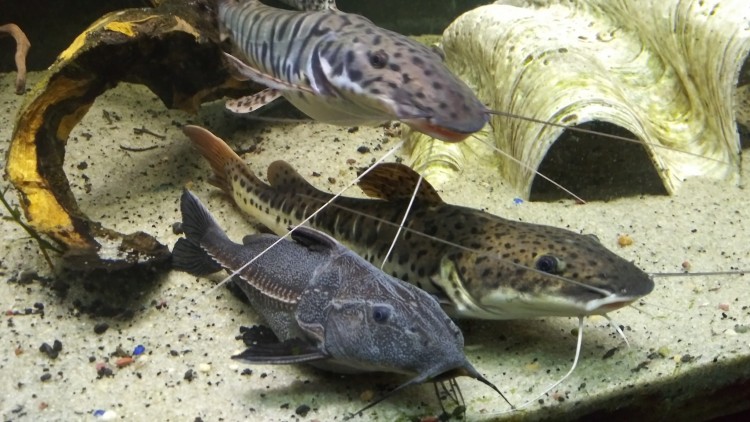- Name:
Vulture Catfish
(View AKA's) - Family: Pimelodidae
- Species: Catfish
- Scientific Name: Calophysus macropterus


More Details
General info about Vulture Catfish
The Vulture Catfish is a large and popular species that can grow up to 4 feet (120 cm) in length. They have a streamlined body, large head, and distinctive v-shaped jaw. Their coloration is typically brown or gray with a lighter underbelly.
Vulture Catfish Diet & Nutrition
Vulture Catfish are carnivores and primarily feed on other fish, crustaceans, and insects. They require a diet that is high in protein and can be fed on live or frozen foods, such as shrimp, fish, and worms.
Determining Sex of Vulture Catfish
There is no known external method to determine the sex of Vulture Catfish.
Breeding & Spawning Vulture Catfish
Vulture Catfish are known to breed in captivity. They are egg-layers and require a separate breeding tank for spawning. The young fry can be fed on newly hatched brine shrimp.
Common Diseases with Vulture Catfish
Vulture Catfish are generally hardy and disease-resistant. However, they can be susceptible to common fish diseases, such as ich or fin rot.
Vulture Catfish Origin
Vulture Catfish are found in the Amazon River and its tributaries in South America.
Caution with Vulture Catfish
Vulture Catfish are a large and powerful species that can be aggressive towards smaller fish. They require a large tank with ample swimming space and hiding spots. Additionally, they can jump out of open tanks, so a tight-fitting lid is recommended.
Acclimating Vulture Catfish
Vulture Catfish should be acclimated slowly to the aquarium environment to avoid stress and possible illness. The drip acclimation method is recommended.
Relevent Articles
Original Detail
| Name | Species | Family | Scientific Name | More Detail | Added by |
|---|---|---|---|---|---|
| Vulture Catfish | Catfish | Pimelodidae | Calophysus macropterus | The Vulture Catfish is a large and popular species that can grow up to 4 feet (120 cm) in length. They have a streamlined body, large head, and distinctive v-shaped jaw. Their coloration is typically brown or gray with a lighter underbelly. | PalaciosAn |
Changed by users
| Submitted Date | Submitted By | Status | Action |
|---|



